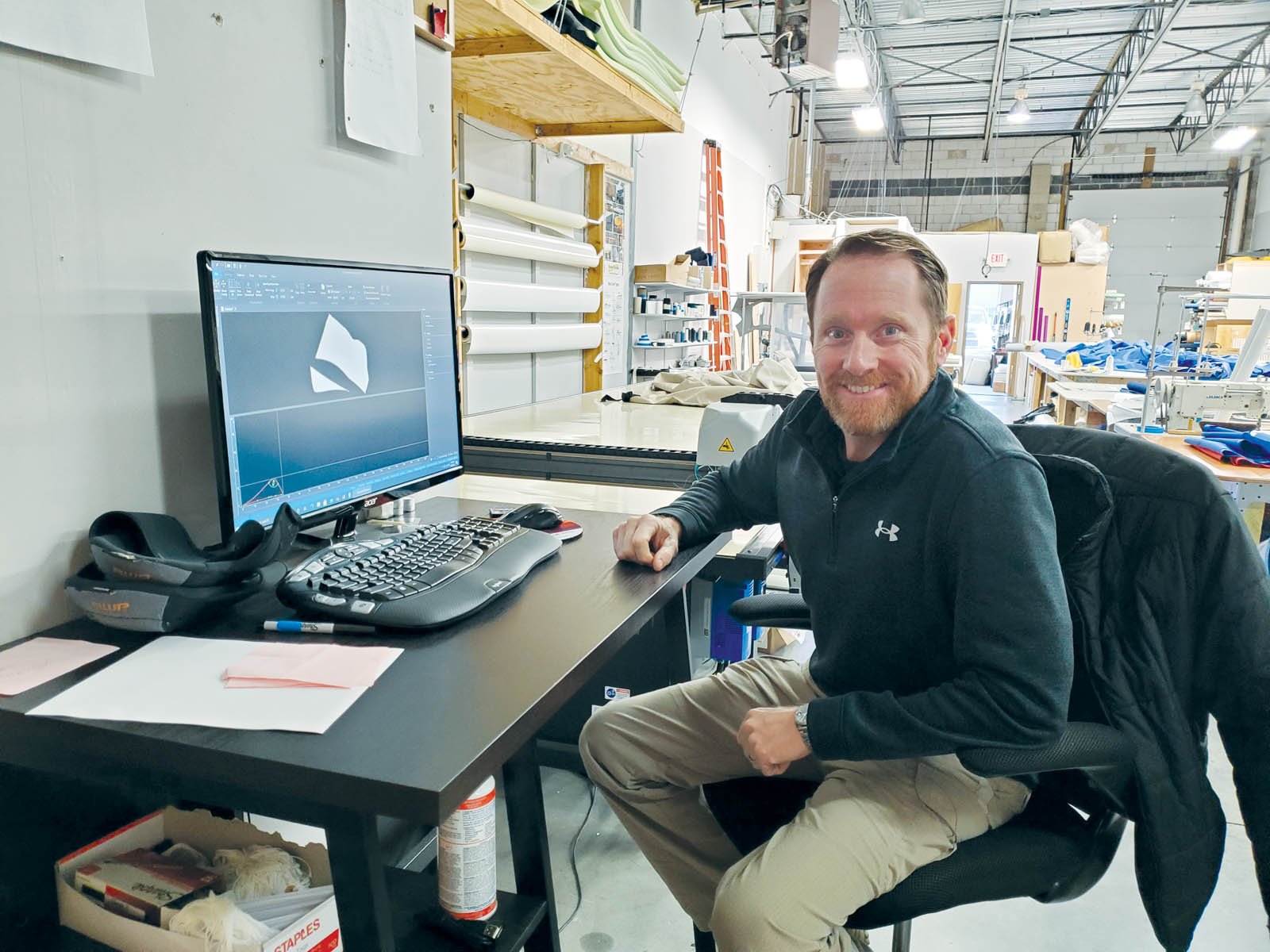Build your own 3D to 2D flattening solutions.
The ExactFlat API is a developer tool that allows companies to build 3D to 2D flattening and pattern making solutions into their own environment.

What is ExactFlat?
ExactFlat is software designed for transforming complex 3D models into accurate 2D flat patterns. It integrates advanced flattening algorithms and tools to streamline processes for 3D mesh optimization, material strain reduction, and post-flattening adjustments like adding notches and seams allowances, ensuring that the final patterns are ready for manufacturing applications.
What is the ExactFlat API?
The ExactFlat API is a software library that provides developers with the core functionalities of the ExactFlat software without a graphical user interface (GUI) or graphics rendering of the inputs or outputs. The API is a compiled DLL with headers that embody input data processing tools, 3D to 2D conversion tools, and post-flattening processing and output tools.
What are the core tools?
3D Model Mesh Processing: Developers can use the API to apply ExactFlat’s mesh conditioning tools, such as uniform and adaptive remeshing, to prepare 3D models for flattening.
3D to 2D Flattening: The API includes functions that automates the conversion of 3D models into flattened 2D patterns, integrating the initial flattening, pre-flattening adjustments, and optimization steps.
Post-Flattening Customization: Once the 2D patterns are generated, the API provides methods for further customization and manipulation, including adding alignment notches, creating seam allowances, and other modifications needed for manufacturing.
DXF Output: With the API pattern geometry can be converted into DXF files, facilitating the integration with cutting machines and other manufacturing tools.
Build solutions for flattening 3D CAD to 2D patterns and 3D Scan-to-Pattern.
What objectives does the ExactFlat API aim to achieve?
Customer Solutions: The API allows customers to develop their own flattening solutions in various environments, such as Solid Edge, Solidworks, Inventor, Fusion, Catia, NX, PTC, Rhino 3D, Onshape, or stand alone desk top or cloud based applications for example. It enables users to integrate ExactFlat technology into their own systems to create custom solutions. The API itself is a developer tool, not an end-user solution, requiring companies to develop their own interfaces and workflows.
How does the ExactFlat API differ from our existing software tools?
Extended Functionality: The API cannot be used to directly extend the functionality of existing ExactFlat desktop software products. It is meant to enable the creation of standalone solutions or integrations into other software environments. Extending the functionality of existing desktop software would require creating a clone of the software using the API, which would be impractical and not the intended use of the API.
On what platform is the ExactFlat API made? What experience is required ?
What are the integration timelines?
Platform: The ExactFlat API is developed as a 64-bit Windows DLL using C++.
Essential Skills:
Users need to have a fundamental knowledge of coding in C++.
Users need to have a clear vision and understanding of the goal and workflow of the application they are proposing to build with the ExactFlat API
Users should have a clear understanding of the desired end solutions (e.g., applications for apparel, composites, seating, furniture, paint protection film, boat hulls, or for general purpose use).
Users should have experience in incorporating and using DLLs within Windows environments.
Developers should be capable of designing the necessary user interfaces and workflows to fully utilize the API's capabilities in creating these tailored solutions.
1 Day to 1 Week per Feature: Each feature takes between a day and a week to implement depending on developer experience, the graphical user interface, and application utility.

